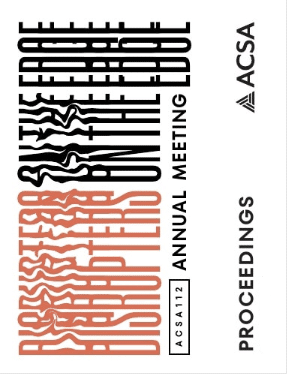Author(s): Peter S. Raab
This research examines the dual challenge of addressing climatic and cultural considerations in architecture, specifically using prefabricated mass timber housing in the remote Inuit village of Ivujivik. Situated just below the Arctic Circle, this northernmost settlement in a Canadian province presents unique challenges of isolation at the edge of Nunavik in Nord-du-Québec. An island, not in a geographic sense, but through its remoteness as neither road nor rail link this community to North America’s industrial centers, necessitates strategic architectural planning. With a harbor navigable for only 20 days annually, prefabricated design solutions are necessitated for nearly all its building stock, where timing is essential to providing much-needed housing solutions to this distant part of the planet. A liminal condition and cultural heritage that has been disrupted by climate change. The study is based on projects from a third-year undergraduate architectural design studio conducted in spring 2021. This period of virtual learning due to Covid-19 led to an exploration of Ivujivik’s local ecology, resources, and climate, aligning architectural designs with the village’s cultural, infrastructural, and environmental needs. The remote learning context paralleled the village’s remoteness, making prefabrication and mass timber appealing solutions for addressing the housing crisis sustainably and culturally sensitively. Despite the lack of physical site visits and direct communication with local leaders, extensive secondary research provided comprehensive insights, including academic and multimedia sources and consultations with design experts. The paper advocates for a holistic architectural approach that harmonizes building science with indigenous cultural knowledge and local perspectives, demonstrating the broader implications and potential of sustainable architecture in remote indigenous settings.
https://doi.org/10.35483/ACSA.AM.112.92
Volume Editors
Germane Barnes & Blair Satterfield
ISBN
978-1-944214-45-6

 Study Architecture
Study Architecture  ProPEL
ProPEL 
